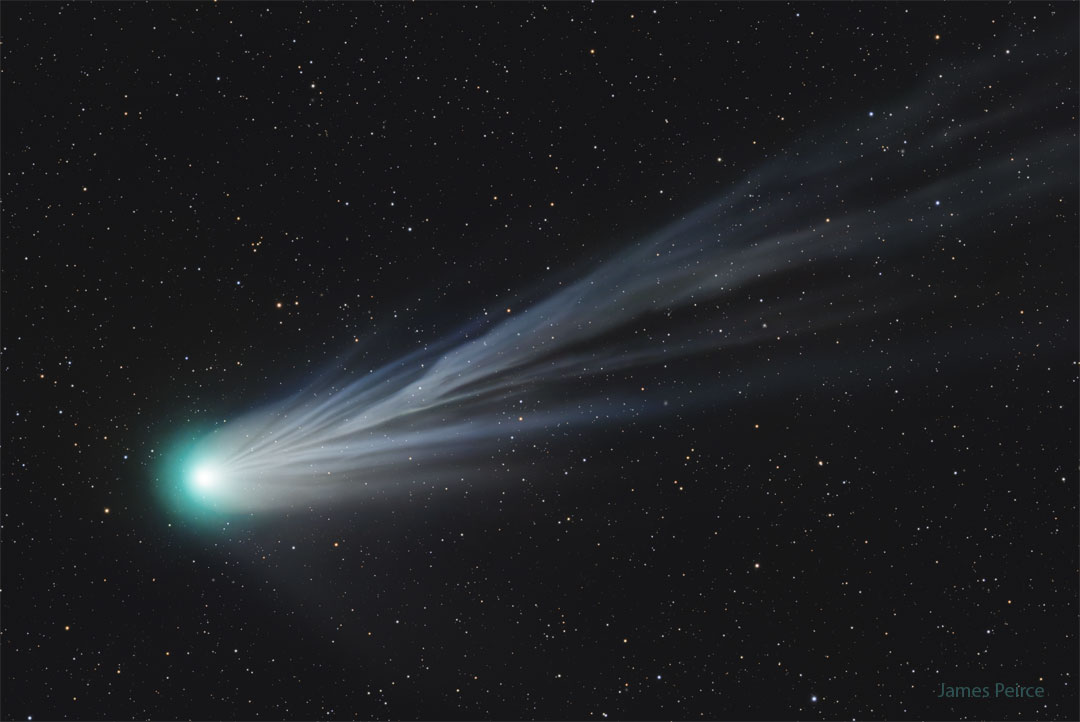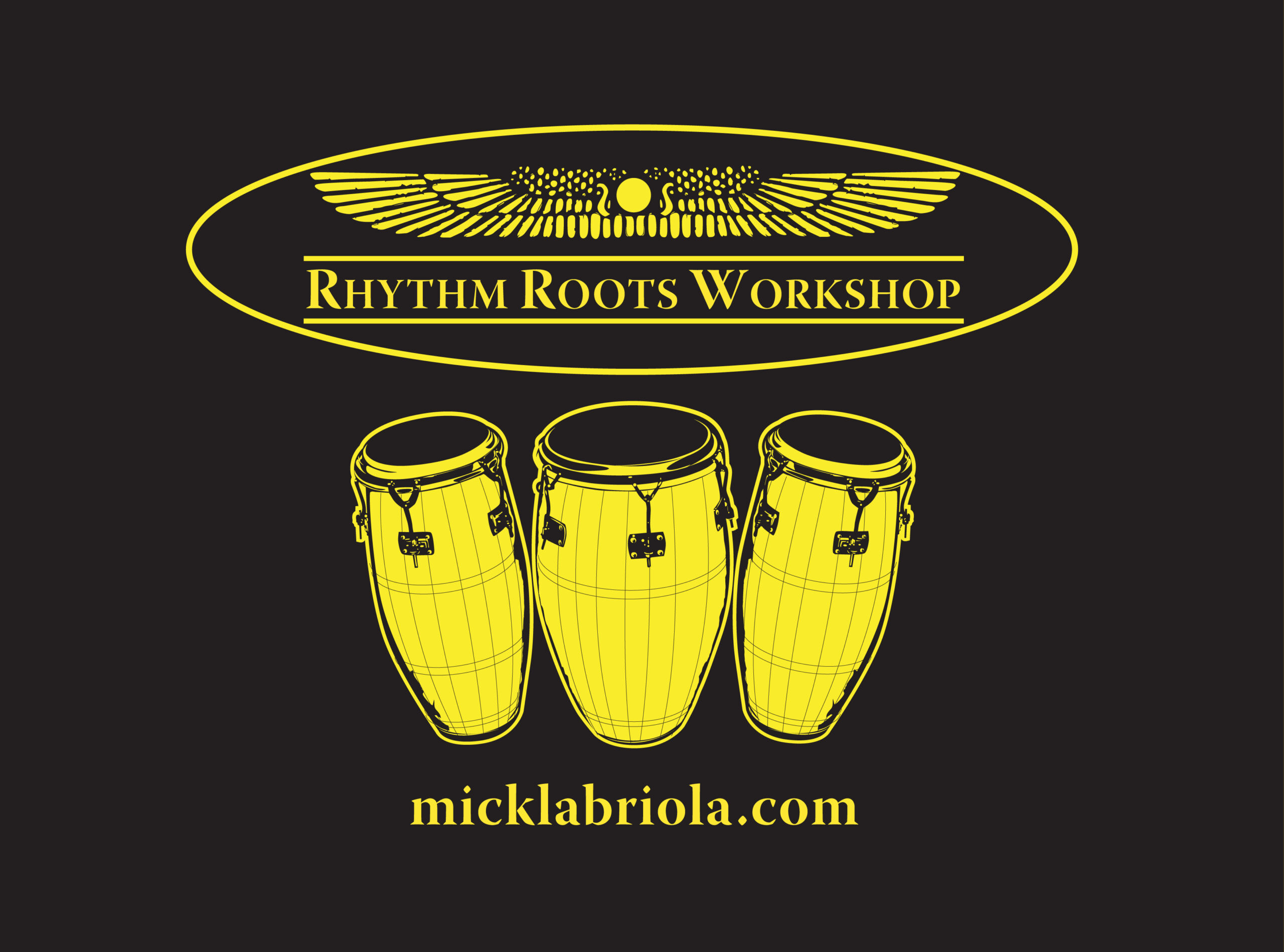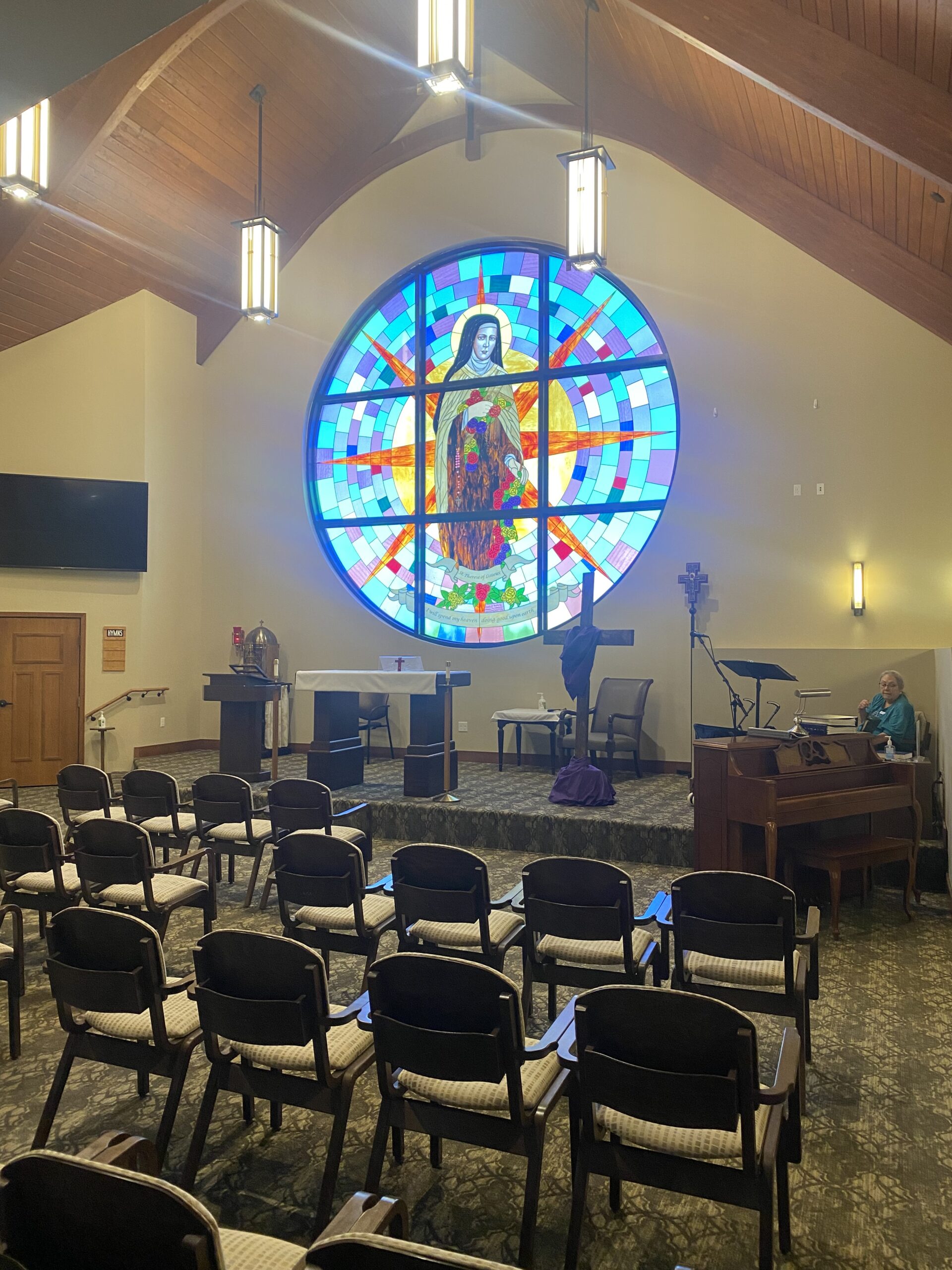Blog
Vicenç Montoliu i Massana, better known as Tete Montoliu (28 March 1933 – 24 August 1997) was a Spanish jazz pianist from Catalonia, Spain. Born blind, he learnt braille music at age seven. His styles varied from hard bop, through afro-Cuban, world fusion, to post bop. He recorded with Lionel Hampton in 1956 and played with saxophonist Roland Kirk in 1963. He also worked with leading American jazz musicians who toured in, or relocated to Europe including Kenny Dorham, Dexter Gordon, Ben Webster, Lucky Thompson, and Anthony Braxton. Tete Montoliu recorded two albums in the US, and recorded for Enja, SteepleChase Records, and Soul Note in Europe.
Montoliu was born blind, in the Eixample district of Barcelona, Spain, and died in the same city. He was the only son of Vicenç Montoliu (a professional musician) and Àngela Massana, a jazz enthusiast, who encouraged her son to study piano. Montoliu’s earliest piano teaching took place under the tutelage of Enric Mas at the private school for blind children he attended from 1939 to 1944. In 1944, Montoliu’s mother arranged for Petri Palou to provide him with formal piano lessons.
more...Thaddeus Joseph Jones (March 28, 1923 – August 20, 1986) was an American jazz trumpeter, composer, and bandleader who has been called “one of the all-time greatest jazz trumpet soloists”.
Thad Jones was born in Pontiac, Michigan to Henry and Olivia Jones, a musical family of 10 (an older brother was pianist Hank Jones and a younger brother was drummer Elvin Jones). A self-taught musician, Thad began performing professionally at the age of 16. He served in U.S. Army bands during World War II(1943–46).
more...
The Coma Cluster of Galaxies pictured here is one of the densest clusters known – it contains thousands of galaxies. Each of these galaxies houses billions of stars – just as our own Milky Way Galaxy does. Although nearby when compared to most other clusters, light from the Coma Cluster still takes hundreds of millions of years to reach us. In fact, the Coma Cluster is so big it takes light millions of years just to go from one side to the other. Most galaxies in Coma and other clusters are ellipticals, while most galaxies outside of clusters are spirals. The nature of Coma’s X-ray emission is still being investigated.

more...
John Clyde Copeland (March 27, 1937 – July 3, 1997) was an American Texas blues guitarist and singer. In 1983, he was named Blues Entertainer of the Year by the Blues Foundation. He is the father of blues singer Shemekia Copeland. In 2017, Copeland was posthumously inducted into the Blues Hall of Fame.
Copeland was born in Haynesville, Louisiana. Influenced by T-Bone Walker, he formed the Dukes of Rhythm in Houston, Texas, and made his recording debut in 1956, signing with Duke Records the following year. Although his early records met with little commercial success, he became a popular touring act over the next two decades.
more...Sarah Lois Vaughan (March 27, 1924 – April 3, 1990) was an American jazz singer and pianist. Nicknamed “Sassy” and “The Divine One“, she won two Grammy Awards, including the Lifetime Achievement Award, and was nominated for a total of nine Grammy Awards. She was given an NEA Jazz Masters Award in 1989. Critic Scott Yanow wrote that she had “one of the most wondrous voices of the 20th century”.
Vaughan was born in Newark, New Jersey. Vaughan was frequently accompanied by a friend, Doris Robinson, on her trips into New York City. In the fall of 1942, by which time she was 18 years old, Vaughan suggested that Robinson enter the Apollo Theater Amateur Night contest. Vaughan played piano accompaniment for Robinson, who won second prize. Vaughan later decided to go back and compete as a singer herself. She sang “Body and Soul” and won—although the date of this victorious performance is uncertain. The prize, as Vaughan recalled to Marian McPartland, was $10 and the promise of a week’s engagement at the Apollo. On November 20, 1942, she returned to the Apollo to open for Ella Fitzgerald.
more...Benjamin Francis Webster (March 27, 1909 – September 20, 1973) was an American jazz tenor saxophonist.
A native of Kansas City, Missouri, hehttps://www.youtube.com/watch?v=uhVwDgHmHEg studied violin, learned how to play blues on the piano from Pete Johnson, and received saxophone lessons from Budd Johnson. He played with Lester Young in the Young Family Band. He recorded with Blanche Calloway and became a member of the Bennie MotenOrchestra with Count Basie, Hot Lips Page, and Walter Page. During the 1930s, he played in bands led by Willie Bryant, Benny Carter, Cab Calloway, Fletcher Henderson, Andy Kirk, and Teddy Wilson.
more...Comet Pons-Brooks has quite a tail to tell. First discovered in 1385, this erupting dirty snowball loops back into our inner Solar System every 71 years and, this time, is starting to put on a show for deep camera exposures. In the featured picture, the light blue stream is the ion tail which consists of charged molecules pushed away from the comet’s nucleus by the solar wind. The ion tail, shaped by the Sun’s wind and the comet’s core’s rotation, always points away from the Sun. Comet 12P/Pons–Brooks is now visible with binoculars in the early evening sky toward the northwest, moving perceptibly from night to night. The frequently flaring comet is expected to continue to brighten, on the average, and may even become visible with the unaided eye — during the day — to those in the path of totality of the coming solar eclipse on April 8.

more...
Diana Ross (born March 26, 1944) is an American singer and actress. She was the lead singer of the vocal group The Supremes, who became Motown‘s most successful act during the 1960s and one of the world’s best-selling girl groups of all time. They remain the best-charting female group in history, with a total of twelve number-one hit singles on the U.S. Billboard Hot 100, including “Where Did Our Love Go“, “Baby Love“, “Come See About Me“, “Stop! In the Name of Love“, and “Love Child“.
Following her departure from the Supremes in 1970, Ross embarked on a successful solo music career with the release of her eponymous debut solo album and its singles, “Ain’t No Mountain High Enough” – her first solo U.S. number-one hit – and “Reach Out and Touch (Somebody’s Hand)“. Her second solo album, Everything Is Everything (1970), spawned her first UK number-one single “I’m Still Waiting“. Ross continued her successful solo career by mounting elaborate record-setting worldwide concert tours, starring in highly watched primetime TV specials, and releasing hit albums, such as Touch Me in the Morning(1973), Mahogany (1975), Diana Ross (1976), and Diana (1980), as well as their number-one hit singles – “Touch Me in the Morning“, “Theme from Mahogany (Do You Know Where You’re Going To)“, “Love Hangover“, and “Upside Down“, respectively. “Endless Love“, a 1981 duet with Lionel Richie, made her the female solo act with the most number-one songs in the United States at the time. Her commercial success continued throughout the ’80s and ’90s with global hits, including “I’m Coming Out“, “Why Do Fools Fall in Love“, “All of You“, “Chain Reaction“, “If We Hold on Together” and “When You Tell Me That You Love Me“.
Ross has also achieved mainstream success and recognition as an actress. Her first role was her Golden Globe Award-winning and Academy Award-nominated portrayal of Billie Holiday in the film Lady Sings the Blues (1972), becoming the first African-American actress to receive an Academy Award nomination for a debut film performance; she also recorded its soundtrack, which became her only solo album to reach number one on the U.S. Billboard 200 chart. She also starred in two other feature films, Mahogany (1975) and The Wiz (1978), and later appeared in the television films Out of Darkness (1994), for which she was nominated for a Golden Globe Award, and Double Platinum (1999).
more...James Moody (March 26, 1925 – December 9, 2010) was an American jazz saxophone and fluteplayer and very occasional vocalist, playing predominantly in the bebop and hard bop styles. The annual James Moody Jazz Festival is held in Newark, New Jersey.
Moody had an unexpected hit with “Moody’s Mood for Love“, a 1952 song written by Eddie Jefferson that used as its melody an improvised solo that Moody had played on a 1949 recording of “I’m in the Mood for Love“. Moody adopted the song as his own, recording it with Jefferson on his 1956 album Moody’s Mood for Love and performing the song regularly in concert, often singing the vocals himself.
more...Lewis Barry Tabackin (born March 26, 1940) is an American jazz tenor saxophonist and flutist. He is married to pianist Toshiko Akiyoshi with whom he has co-led large ensembles since the 1970s.
Tabackin started learning flute at age 12, followed by tenor saxophone at age 15. He has cited Al Cohn and Coleman Hawkins as influences on saxophone, while his flute role models include classical players such as William Kincaid, Julius Baker, and Jean-Pierre Rampal. Tabackin studied flute at the Philadelphia Conservatory of Music and also studied music with composer Vincent Persichetti. In 1962 he graduated from the Conservatory and after serving with the U.S. Army worked with Tal Farlow. He also worked with Chuck Israels in New York City and a band that included Elvin Jones, Donald Byrd, and Roland Hanna. Later he was a member of The Dick Cavett Show band and The Tonight Show Band with Doc Severinsen. He moved from New York to California with The Tonight Show in 1972. During this time he played with Shelly Manne and Billy Higgins.
more...Donald Orlando “Duck” Bailey (March 26, 1933 – October 15, 2013) was an American jazz drummer.
Bailey was born in Philadelphia, Pennsylvania, on March 26, 1933. He was largely self-taught as a drummer.
Bailey got his big break in the jazz world and he is probably best known as the drummer in the trio of jazz organist Jimmy Smith from 1956 to 1964 and also for his work with The Three Sounds on Blue Note Records. While based in Los Angeles, Bailey also worked as a sideman for musicians including Sarah Vaughan, Carmen McRae, Hampton Hawes, Kenny Burrell, and Red Mitchell. In the mid-1970s, Bailey moved to Japan, where he lived for five years.
His album Blueprints of Jazz, Vol. 3 was recorded in 2006 and issued by Talking House Records in 2008. It features Charles Tolliver (trumpet), Odean Pope (tenor saxophone), George Burton (piano), and Tyrone Brown (bass). The album is part of the Blueprints of Jazz series conceived, produced and recorded by Talking House Productions with an aim to expose the histories and current work of important but often lesser-known jazz players who had contributed to the sounds of jazz legends from the 50’s, 60’s, and 70’s. Production and recording of the albums was helmed by Talking House producers Marc Weibel and Stephen Smith.
more...

IC 443 (also known as the Jellyfish Nebula and Sharpless 248 (Sh2-248)) is a galactic supernova remnant (SNR) in the constellation Gemini. On the plane of the sky, it is located near the star Eta Geminorum. Its distance is roughly 5,000 light years from Earth.
IC 443 may be the remains of a supernova that occurred 30,000 – 35,000 years ago. The same supernova event likely created the neutron star CXOU J061705.3+222127, the collapsed remnant of the stellar core. IC 443 is one of the best-studied cases of supernova remnants interacting with surrounding molecular clouds.

more...
Kermit Holden “Pete” Johnson (March 25, 1904 – March 23, 1967 Kansas City, MO) was an American boogie-woogieand jazz pianist.
Tony Russell stated in his book The Blues – From Robert Johnson to Robert Cray that “Johnson shared with the other members of the ‘Boogie Woogie Trio’ the technical virtuosity and melodic fertility that can make this the most exciting of all piano music styles, but he was more comfortable than Meade Lux Lewis in a band setting; and as an accompanist, unlike Lewis or Albert Ammons, he could sparkle but not outshine his singing partner”. Scott Yanow for AllMusic, wrote: “Johnson was one of the three great boogie-woogie pianists”, the others being Lewis and Ammons “whose sudden prominence in the late 1930s helped make the style very popular”.
more...More Posts
- Daily Roots with Stephen Marley
- Music for Surviving the Pandemic and Realizing Racial Justice
- The Cosmos with the South Pole Wall
- Joe Satriani Day
- Linda Ronstadt Day
- Julian Bream Day
- Philly Joe Jones Day
- Sadik Hakim Day
- Washboard Sam Day
- World Music with Cosmas Magaya
- Daily Roots with the Abyssinians
- Music for Surviving the Pandemic and Realizing Racial Justice
- The Cosmos with NEOWISE Comet
- Angélique Kidjo Day
- Sabu Martinez Day
- Kenny Napper Day
- Alan Dawson Day
- World Music with Mulatu Astatke & Black Jesus
- Daily Roots with Alpha Rowen
- Music for Surviving the Pandemic and Realizing Racial Justice